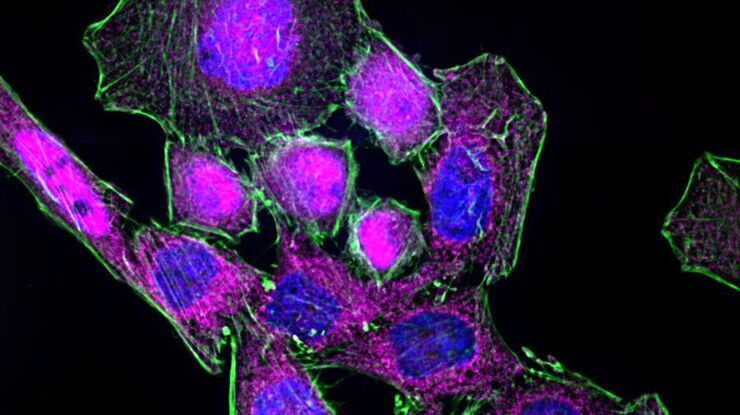Christoph Greb , Dr.

Christoph Greb studierte Zellbiologie, Parasitologie und Virologie an der Philipps-Universität in Marburg. Im Rahmen seiner Diplomarbeit und seiner Dissertation am dortigen Institut für Zytobiologie und Zytopathologie untersuchte er den vesikulären Transport von apikal gelegenen Proteinen in polarisierten Epithelzellen mit Hilfe von Biochemie sowie TIRF- und konfokaler Mikroskopie. Ab Dezember 2011 schrieb er als freier Mitarbeiter für das Leica Science Lab. Nach einem Engagement bei Novartis Vaccines & Diagnostics begann er im Oktober 2013 als Scientific Writer für das Widefield-Team von Leica Microsystems.






























